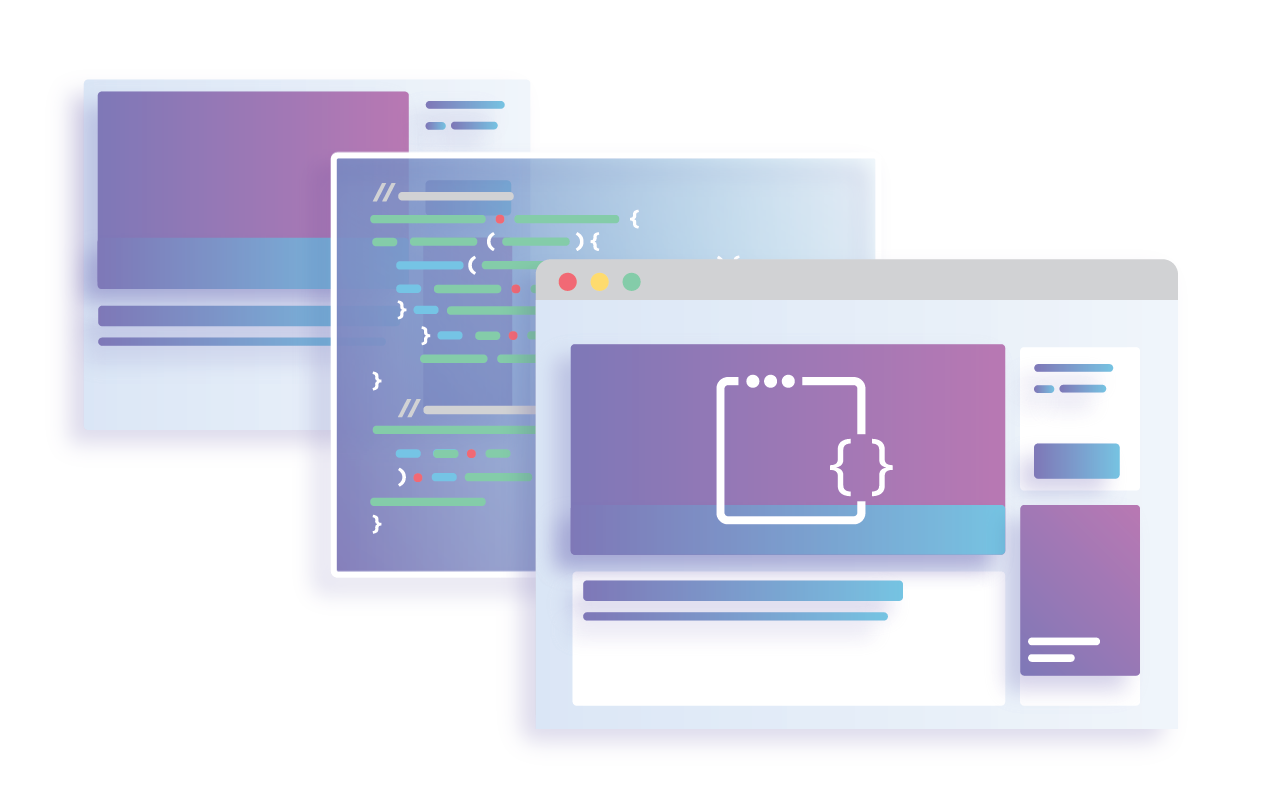IDG Contributor Network: Zero trust: The transition from legacy to cloud-native
Enterprises operating in the traditional monolithic environment may have strict organizational structures. As a result, the requirement for security may restrain them from transitioning to a hybrid or cloud-native application deployment model.In spite of the obvious difficulties, the majority of enterprises want to take advantage of cloud-native capabilities. Today, most entities are considering or evaluating cloud-native to enhance their customer’s experience. In some cases, it is the ability to draw richer customer market analytics or to provide operational excellence.Cloud-native is a key strategic agenda that allows customers to take advantage of many new capabilities and frameworks. It enables organizations to build and evolve going forward to gain an edge over their competitors.To read this article in full, please click here
 The monitoring provider added Kubernetes and service-oriented monitoring tools to its SaaS-based platform.
The monitoring provider added Kubernetes and service-oriented monitoring tools to its SaaS-based platform. Rubrik is considered a leader in the cloud data management space, which is also referred to by some as hyperconverged secondary storage. It competes against firms like Cohesity, Commvault, and Dell EMC.
Rubrik is considered a leader in the cloud data management space, which is also referred to by some as hyperconverged secondary storage. It competes against firms like Cohesity, Commvault, and Dell EMC. The partnership gives HPE customers scale-out block and object storage. And it also moves Datera’s platform into more enterprise data centers.
The partnership gives HPE customers scale-out block and object storage. And it also moves Datera’s platform into more enterprise data centers. A1 Telekom Austria is working with Nokia on the rollout of its 5G network and has now made its first 5G data connection on a live network.
A1 Telekom Austria is working with Nokia on the rollout of its 5G network and has now made its first 5G data connection on a live network. Download a copy of this research brief aimed at providing NEPs and SIs with a practical guide on how to add value to customers with innovative hardware strategies in a software-centric world, and how differentiation can be achieved in the face of commoditization.
Download a copy of this research brief aimed at providing NEPs and SIs with a practical guide on how to add value to customers with innovative hardware strategies in a software-centric world, and how differentiation can be achieved in the face of commoditization. DriveScale’s founders wanted to solve the problem of infrastructure over-provisioning. The technology wasn’t called composable infrastructure back then.
DriveScale’s founders wanted to solve the problem of infrastructure over-provisioning. The technology wasn’t called composable infrastructure back then.


 SD-WAN is supporting a service that rates soccer players based an analytics that are derived from live video feeds around a stadium.
SD-WAN is supporting a service that rates soccer players based an analytics that are derived from live video feeds around a stadium.